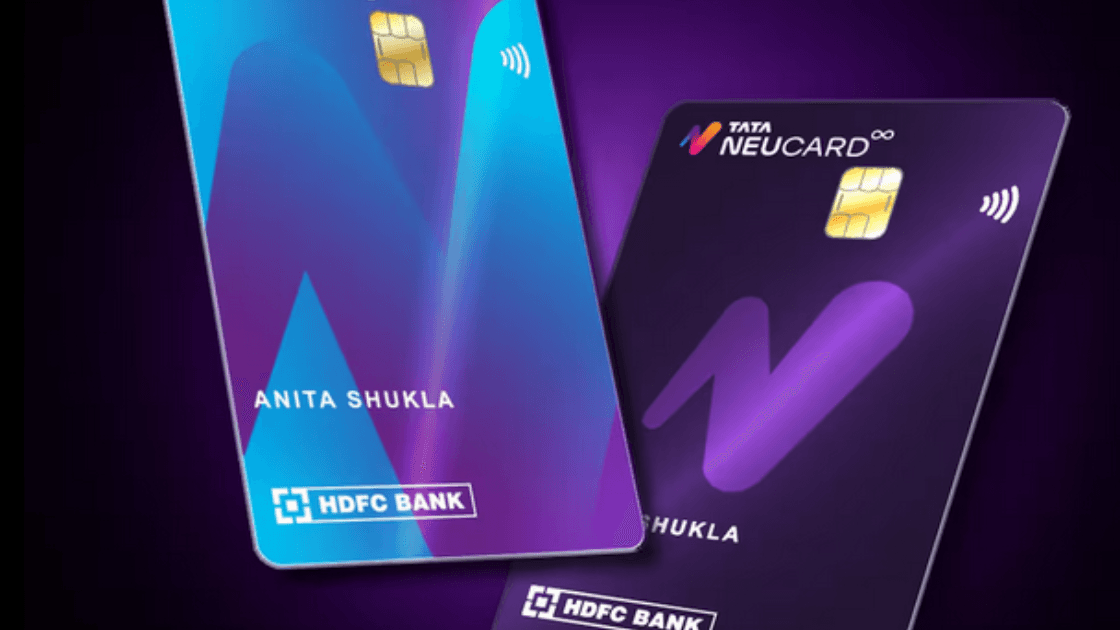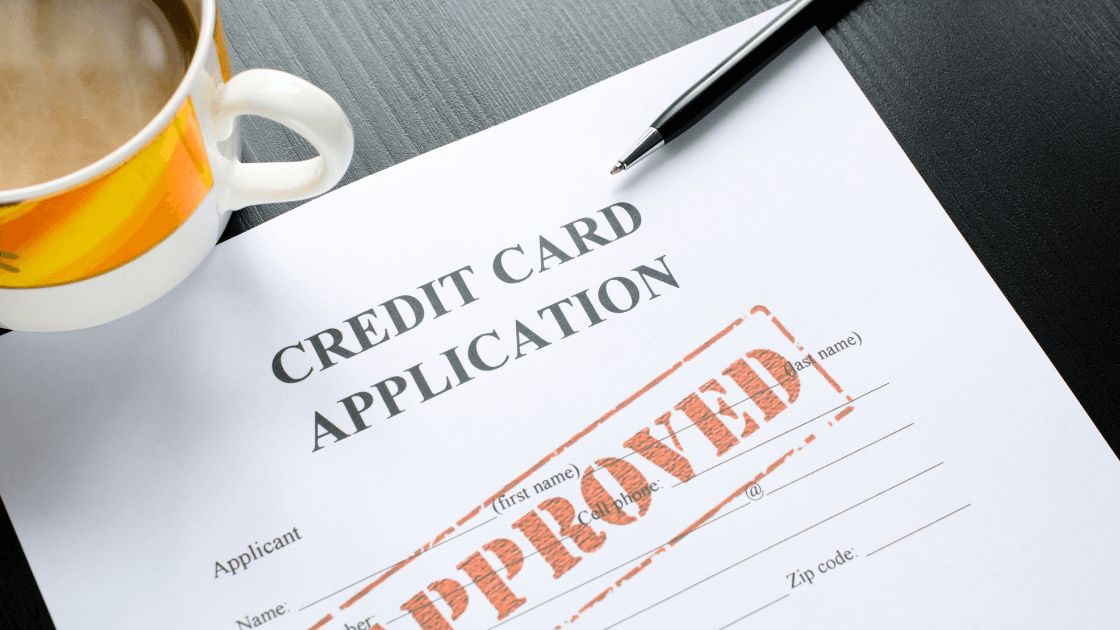
Cards
•04 min read

Have you ever looked at your credit card bill and wondered why it sometimes appears higher than expected? The answer to this puzzle lies in the way daily interest on credit cards is calculated in India. Understanding the process behind the interest charges can empower you to manage your spending and avoid unnecessary costs. Mastering how credit card interest is calculated daily in India can empower you to manage your expenses more effectively. Disclaimer: This article is for informational purposes only and does not constitute financial advice. Please consult a financial advisor for personal guidance.
Credit card interest is the cost of borrowing money when you do not pay your full balance on time. This cost is expressed as an Annual Percentage Rate (APR), which is then converted into a Monthly Percentage Rate (MPR) for billing purposes. Many cards offer an interest-free period on new purchases, but once that period expires or if you make a partial payment, interest begins to accrue on the remaining balance.
There are different categories of APR that apply to different transactions:
Purchase APR: This rate applies to transactions made for everyday purchases. It kicks in if you do not pay your balance in full by the due date.
Cash Advance APR: Cash withdrawals from your credit card often incur a higher interest rate, and interest starts accruing immediately.
Balance Transfer APR: This rate applies when you shift balances from one card to another. It is meant to help manage or consolidate debt.
Penalty APR: If you miss a payment or exceed your credit limit, this higher rate is triggered and applies to your outstanding balance.
The process of calculating the daily interest on a credit card involves several steps:
Step 1: Determine the daily interest rate by dividing the APR by 365. This converts the annual rate into a daily rate.
Step 2: Calculate the average daily balance for the billing cycle. This is done by taking the sum of your daily balances and dividing it by the total number of days in the cycle.
Step 3: Multiply the daily interest rate by the average daily balance to get the interest charge for one day.
Step 4: Multiply the daily interest charge by the number of days in your billing cycle to determine the total interest for that period. Example: For an average daily balance of ₹10,000 and an APR of 42%, your daily rate is 42/365 ≈ 0.115%, leading to a daily interest charge of approximately ₹11.50.
The total interest you pay is affected by several factors:

Billing Cycle Length: A longer billing cycle means more days over which the interest rate is applied, resulting in higher interest in total.
Transaction Type: Certain transactions such as cash advances do not enjoy an interest-free period and start accumulating interest immediately.
Payment Behavior: If you make only the minimum payment, the remaining balance continues to accrue interest, often extending the debt repayment period.
Late payments are one of the leading triggers of credit card interest. When you miss the due date, interest starts accruing from the date of the transaction rather than after the interest-free period. This can also result in the application of a penalty APR, which further increases your charges.
Choosing to pay only a portion of the total outstanding balance means that the remaining amount will accumulate interest. While paying the minimum may seem manageable, it often prolongs the period during which interest accrues, ultimately costing you more.
Using a credit card for cash advances is typically more expensive. Not only is the APR for cash advances higher, but there is no interest-free period. This makes such transactions a costly option unless absolutely necessary.
The most effective strategy to avoid credit card interest is to clear your balance in full by the due date. This ensures that you do not carry over any debt that could garner interest.
Even if you cannot clear the entire balance, making payments more frequently throughout the month can help reduce the average daily balance. A lower balance means that the daily interest charge will be reduced.
It is wise to avoid transactions like cash advances whenever possible. Instead, consider options such as personal loans for emergency needs, as these may offer lower interest rates compared to immediate cash advances.
If you have a good payment history and maintain a healthy credit score, you might consider asking your issuer to lower your APR. A reduced rate would result in lesser interest accumulation over time.
-ed507771-df04-4fb3-9af5-bae11cb611a6.png&w=3840&q=75)
For instance, timely payments using your Tata Neu HDFC Bank Credit Card can help you not only avoid extra interest but also earn NeuCoins on your transactions.
Online credit card interest calculators, including those provided by certain banks, allow you to estimate your interest charges easily. These tools guide you through the daily interest rate, average daily balance, and the duration of your billing cycle, offering instant calculations. They fill in the role of a handy guide in comprehending your potential interest burden.
Budgeting apps are another useful tool. They help track your spending and regular payments, ensuring you are well-informed of your financial habits. By monitoring your expenditure, you can better plan your payments and minimize unnecessary interest.
For more insights on managing your credit, explore additional resources on Tata NeuMoney.
Credit card interest is calculated by dividing the APR by 365 to determine the daily rate, then multiplying this rate by the average daily balance and the number of days in the billing cycle.
If you miss a payment, interest accrues from the transaction date and penalty APRs may be applied, increasing your overall charges.
You can avoid interest by paying your entire balance by the due date, making frequent payments, and steering clear of high-interest transactions like cash advances.
Yes, cash advances typically have higher interest rates and interest starts accruing immediately without an interest-free period.
Yes, if your payment history is strong and you maintain a good credit score, you may be able to negotiate a lower APR with your issuer.
In summary, understanding how daily interest on credit cards is calculated can make a significant difference in managing your finances. By knowing that interest is determined based on the average daily balance and the daily interest rate (APR divided by 365), you can better comprehend your billing cycle and work towards reducing unnecessary charges. Smart strategies such as paying in full, making frequent payments, and avoiding high-interest transactions can all contribute to a healthier financial life, ensuring you use your credit card as a tool to simplify your transactions rather than complicate them.